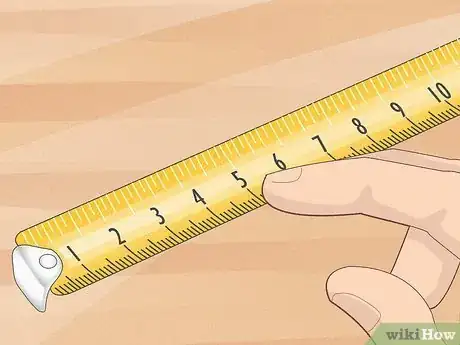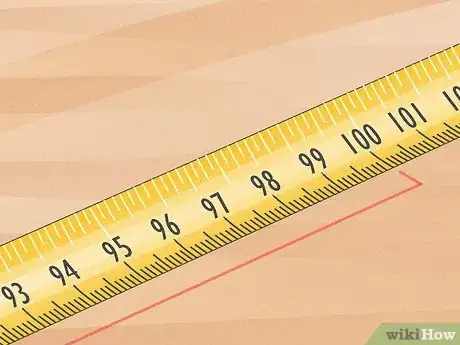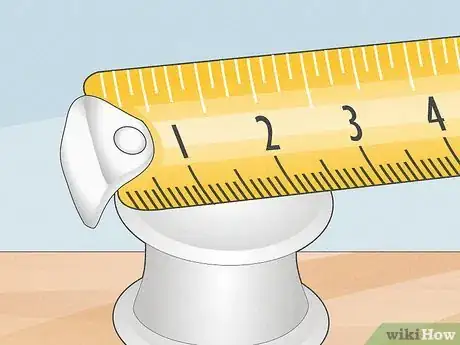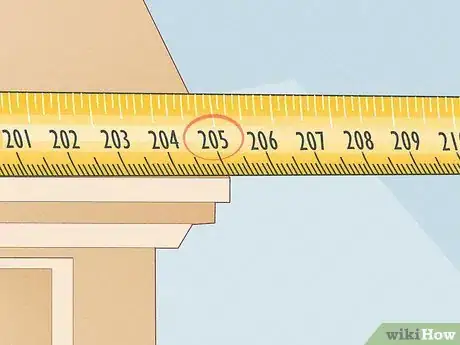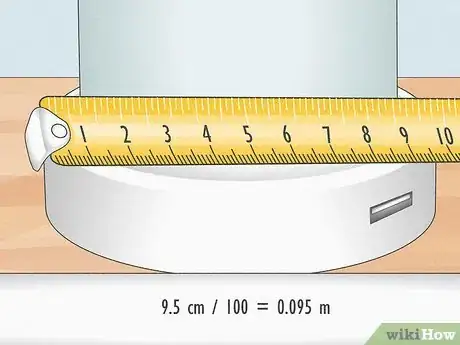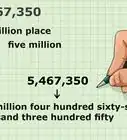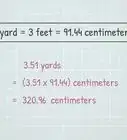This article was co-authored by Gino Colucci and by wikiHow staff writer, Emily Liu. Gino Colucci is a Home Improvement Specialist and the Owner of Crackerjacks Handyman Services (not a licensed contractor) in Chandler, Arizona. Crackerjacks Handyman Services offers an effective cost-saving solution for commercial and residential repair and maintenance needs, specializing in smaller projects. Crackerjacks Handyman Services carries liability insurance and all technicians go through a background check.
This article has been viewed 43,327 times.
Are you confused by how to read a measuring tape in meters, and what all those lines and numbers mean? Is it your first time navigating the metric system? If so, don’t be intimidated—the process can seem complicated at first, but once you learn what everything means, you’ll be able to record and convert the numbers you want in no time. Though you may be used to using the imperial system, most of the world uses the metric system—so by learning to read a measuring tape in meters, you’re picking up a really useful skill![1] X Research source
Steps
Find the row that shows metric measurements.
-
Meters are part of the metric system. You don’t want to read the imperial measurements, so look for the metric side. The metric system is usually the bottom row and will contain smaller numbers, while the imperial system is usually the top row and contains larger numbers. For extra confirmation, you can also check for letter labels that say “cm” or “meter”/“m” since those are metric measurements.[2] X Expert Source

Home Improvement Specialist Expert Interview. 14 January 2021. [3] X Research source- Not every measuring tape will have letter markings, but if it does, they may be located on the far left.
- If you only see 1 row of markings, try flipping the tape measure over. The other side may contain more measurement markings.
- If you can only see imperial measurements or “inch” and “feet”/”ft” labels, you will want to get a different measuring tape.
Identify the millimeters.
-
Millimeters are subunits that make up the meter. In the metric row on the tape measure, millimeters are the smallest markings and are not labeled. 10 millimeters make up 1 centimeter—this means you will see 9 millimeter lines between each centimeter number on the tape measure, since the 10th millimeter line is the next centimeter number.[4] X Research source
- For example, you should see 9 shorter lines between “5” and “6.”
Look for the centimeters.
-
Centimeters are the next sub-unit leading up to the meter. They are the large and numbered markings on the metric row. You will also see a slightly longer line halfway between the centimeter makings. This line indicates the half centimeter, which is made of 5 millimeters. It is longer than the other millimeter lines, but shorter than the centimeter lines. It is also not usually labeled.[5] X Research source
- For example, you should see a slightly longer line between “3” and “4.” This stands for 3 centimeters and 5 millimeters, giving you 3.5 centimeters.
Find the meters.
Measure something and record the measurement.
-
Now that you can identify and read metric lines, you’re ready to measure! Start from the far left of the measuring tape, which may be marked with a “0.” Look for the marking farthest to the right that lines up with the edge of what you are measuring, and record it.
- For example, measuring 205 centimeter lines will give you 2.05 meters.
- Measuring 4 millimeter lines after the 2 centimeter mark will give you 2.4 centimeters.
Assess whether you need to make a conversion.
-
If your measurement is more than 100 centimeters, you have already read the tape in meters! For example, if you measured 205 centimeter lines, you should have already recorded 2.05 meters and can stop here—there’s no need to make a conversion. However, if what you measured is less than 1 meter, you will now need to make a conversion.
- For example, if you measured an object that was 13 centimeters and you want the measurement to be in meters, you’ll need to convert the centimeter measurement.
Make the conversion from millimeters to meters.
-
Use this conversion if what you measured is less than 1 centimeter. There are 1000 millimeters in 1 meter. So, divide the number of millimeters by 1000 to find out the number of meters.[6] X Research source
- For example, if you wrote down a measurement of 5 millimeters, divide 5 / 1000 to get 0.005 meters.
Make the conversion from centimeters to meters.
-
Use this conversion if what you measured is more than 1 centimeter. There are 100 centimeters in 1 meter. Divide the number of centimeters by 100 to find out the number of meters.[7] X Research source
- For example, if you wrote down a measurement of 9.5 centimeters, divide 9.5 / 100 to get 0.095 meters.
You Might Also Like











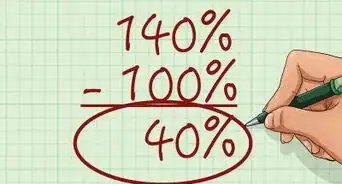

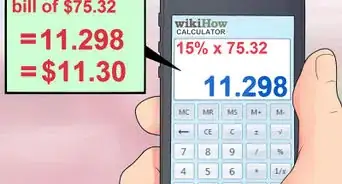
References
- ↑ https://sciencing.com/read-metric-tape-measure-4472324.html
- ↑ Gino Colucci. Home Improvement Specialist. Expert Interview. 14 January 2021.
- ↑ https://www.bobvila.com/articles/how-to-use-a-tape-measure/
- ↑ https://www.bobvila.com/articles/how-to-use-a-tape-measure/
- ↑ https://www.bobvila.com/articles/how-to-use-a-tape-measure/
- ↑ https://www.metric-conversions.org/length/millimeters-to-meters.htm
- ↑ https://www.metric-conversions.org/length/centimeters-to-meters.htm
About This Article

